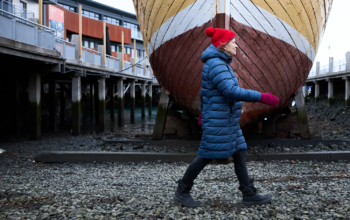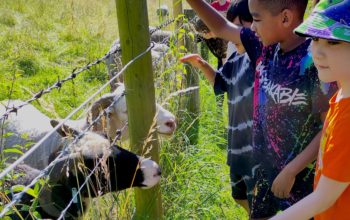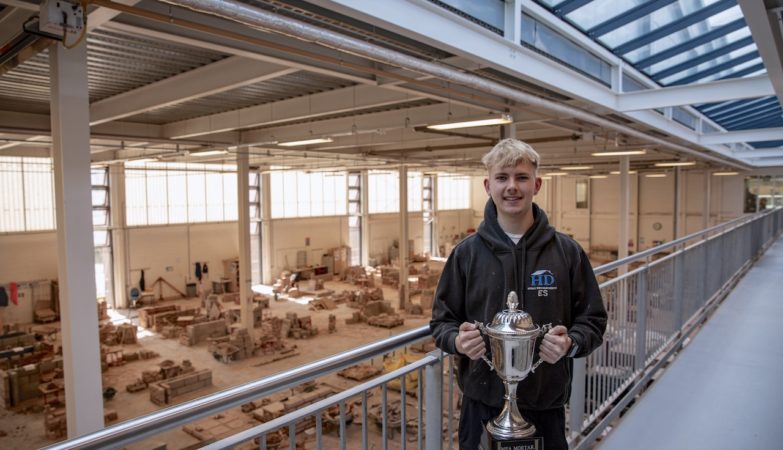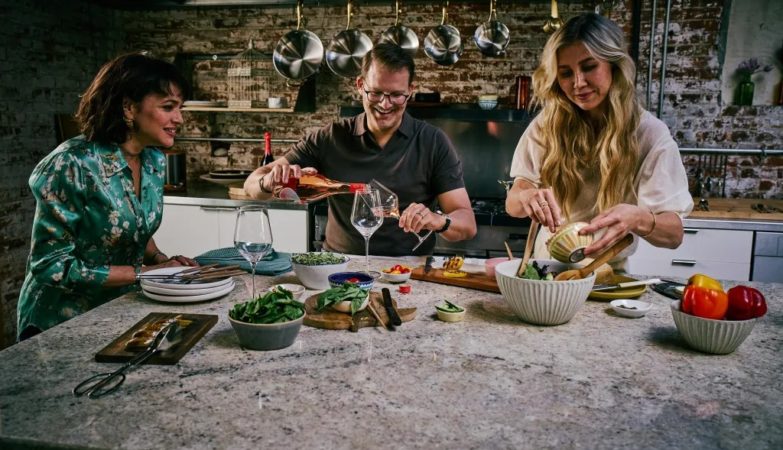The 20th anniversary of the Barnahus (Children’s House), a Council of Europe-promoted model of a child-friendly and safe environment for child victims of sexual abuse, is marked today at an event in Reykjavík, Iceland.
The first Barnahus (Children’s House) was set up in Iceland in 1998. It brings under one roof all relevant services (the judge, the prosecutor, the police, psychologists, medical doctors, social workers) to obtain from the child victim of sexual abuse the necessary information for investigation and court proceedings, and to help the child by preventing re-traumatisation and providing support, including medical and therapeutic assistance.
The Council of Europe has for many years promoted the Barnahus model as a good practice of setting up child-friendly multidisciplinary and interagency services. The effectiveness of the Barnahus model has been confirmed by the Council of Europe’s expert body on prevention of sexual abuse and sexual exploitation of children, the Lanzarote Committee.
“Between 70 and 85% of children know and trust their abuser; and the crime is kept invisible to all because those that stand closest to the child are afraid of what might happen next,” said Regina Jensdottir, the Head of the Council of Europe’s Children Rights Division, at the opening of the event. “This is where the Barnahus model with a safety net steps in.”
“Instead of the child having to go from one authority or professional to another, constantly repeating his or her story to different people in various, sometimes even scary environments and over lengthy periods of time, even several years later, the Barnahus provides all the necessary services under one roof”, she said. The Barnahus model, Jensdottir added, has inspired the Council of Europe’s work in mobilizing its member states to step out of the shadow and to bring the reality of children still being sexually abused into the light.
The Icelandic example was followed by other Nordic countries (Sweden in 2005, Norway in 2007, Greenland in 2011 and Denmark in 2013). Since then, similar services have been established in more than ten countries, including in the Baltic Sea States and South-East Europe, for example in Estonia, Bulgaria, and Croatia. The practice is spreading across Europe, with encouraging developments in Cyprus, Ireland, Malta and the UK.
“Barnahus is an evolving concept: even in Iceland, professionals are constantly evaluating and assessing how the processes could be done better, how it could be more efficient, what the impact is of Barnahus and why. With possibilities to reach governments, professionals and experts as well as the wider public through our intergovernmental platforms, monitoring structures and cooperation projects, the Council of Europe stands ready to take an active role in these discussions to further contribute towards developing and adapting the model”, the Council of Europe’s representative stressed.
Full programme of the event – Factsheet on the Barnahus – Video on the Barnahus in Iceland
Päivi Suhonen
Communications Officer
Conseil de l’Europe – Council of Europe
paivi.suhonen@coe.int








